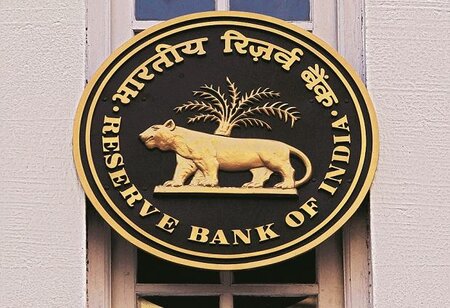RBI amends the KYC norms: Here's what bank customers must know
 On Monday, the Reserve Bank of India (RBI) has amended its master direction on know-your-customer (KYC) norms to further leverage the video-based customer identification process (V-CIP) and simplified the process of periodic updation of KYC for bank customers.
On Monday, the Reserve Bank of India (RBI) has amended its master direction on know-your-customer (KYC) norms to further leverage the video-based customer identification process (V-CIP) and simplified the process of periodic updation of KYC for bank customers.
This follows last week’s RBI direction for placing no punitive restrictions on operations of customer account(s) that have KYC updation pending, till December 31, 2021. Account holders are also expected to update their KYC during this period. The central bank also announced a string of initiatives to enhance video KYC for customers.
The video-based customer identification process, also known as the video-KYC process can be used for new account openings and for periodic KYC updation of existing bank customers. It is also extended to new proprietorship firms, authorised signatories and beneficial owners of legal entity customers. The regulated entities have to comply with prescribed standards and procedures as set by the central bank.
In video-KYC process, an authorised official of the regulated entity completes customer identification through an audio-visual interaction. The process should be undertaken live using a secured network. The official obtains and verifies personal identification information in the video interaction. This is required for due diligence.
“We believe that the Video KYC facility helps customers and lenders alike to forge a new banking relationship quickly and safely, with zero physical contact in these pandemic times,” says Anup Bagchi, Executive Director, ICICI Bank.
In light of the pandemic, the RBI has allowed periodic updation of KYC through various modes of communication
In which platform is the video-KYC process allowed to carry?
The video-KYC is allowed to carry out only via a bank’s website or its mobile application. You cannot leave the bank’s website or mobile application until the video KYC process gets over.
Your consent should be recorded in an auditable and alteration proof manner. The video recordings should contain the live GPS co-ordinates (geo-tagging) of you undertaking the video-KYC and should have a date-time stamp. If there is a disruption in the video-KYC recording, the same should be aborted and a fresh session must be initiated. There is no requirement of any third-party video calling application such as Zoom, WhatsApp and Skype.
“Don’t give your personal details, PAN card and Aadhaar number if a link on SMS or email takes you off the bank’s website to complete the video KYC, as this could be a fraudster,” says Sachin Bhatia, Co-founder and Marketing Head of Ameyo.
When can banks ask for periodic updation of KYC?
According to RBI, the banks should adopt a risk-based approach for periodic updation of KYC. For instance, if you are high risk customer for the bank then they can carry out updating of KYC at least once every two years. Similarly, if you are medium risk customer for the bank then updating of KYC should be done once every eight years and for low-risk customers, updating of KYC is done once every ten years from the date of opening of the account or last KYC updation.
What are the other modes of KYC updation?
In light of the pandemic, the RBI has allowed periodic updation of KYC through various modes of communication. This includes a self-declaration through a registered email ID, a postal letter, net banking or mobile banking. So, you don’t need to visit the bank branch physically for updating KYC.







